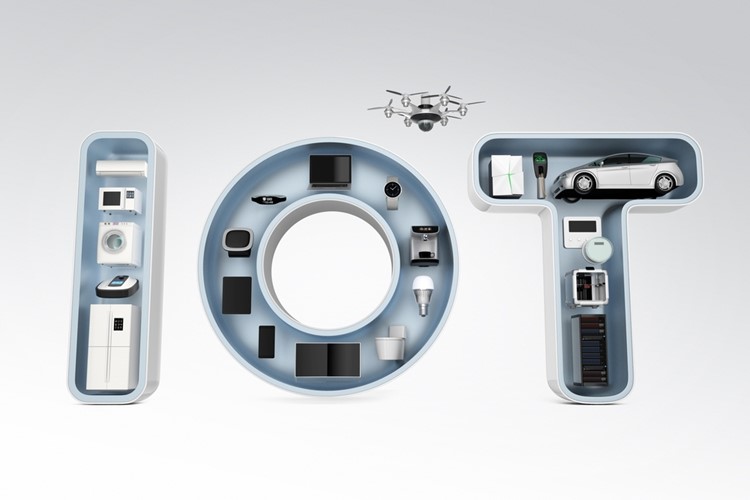Video surveillance systems in the IoT: two main use cases
Jun 26, 2016
 What does the Internet of Things mean for video surveillance solutions? Maybe we should take a step back first to look at what today's surveillance systems are capable of.
What does the Internet of Things mean for video surveillance solutions? Maybe we should take a step back first to look at what today's surveillance systems are capable of.
CCTV systems have evolved from all-analog systems into ones that use digital recording and distribution over IP networks (like the public internet). Thanks to IP cameras, wireless mesh nodes and tight interconnections between devices and networks, it is easier than ever to capture, store and transmit video without degrading its quality.
The IoT is both a huge opportunity or business in general and for smart use of such video surveillance technology in particular. Modern surveillance solutions can provide IoT breakthroughs for sectors such as retail and security systems in particular.
Video surveillance, retail and the IoT
Research firm Gartner projected that more than 6 billion "things" would be connected to the IoT by the end of 2016. Indoor IP cameras will be a significant chunk of those devices, as they are important parts of increasingly popular IoT video surveillance solutions.
High-quality video streams from these cameras have the potential to yield valuable insights to retailers. According to the "CCTV in Retail" survey from Axis Communications, one-third of North American retailers wanted more fine-grained insights about customers' genders and ages, which video could potentially provide.
Beyond this knowledge, multiview video streaming could open up a number of interesting use cases:
- Queue management: Merchants can discern patterns in checkout lines and decide how to set up the queues and how many cashiers are needed.
- Searchable footage: Digital video surveillance systems are much more flexible than analog CCTV; instead of scanning through a tape, it is possible instead to more easily search for a particular moment.
- Superior quality: Analog surveillance systems are a poor fit for the IoT, not least because image quality degrades whenever video is copied or transmitted over great distances. Neither action is a problem for digital solutions.
- Remote control: Using pan-tilt-zoom cameras along with software-based network management allows for surveillance systems to be safely operated from anywhere. Their footage can easily be accessed and shared between sites.
Video surveillance systems for IoT security
There's also the benefit of enhanced security against issues such as theft. Across the board, video surveillance solutions are powerful assets for security and safety in the IoT.
Surveillance systems have already proven themselves in contexts such as citywide public safety initiatives. The city of Mission, Texas, once deployed a surveillance infrastructure that incorporated Firetide HotPort 7020 mesh nodes along with PTZ cameras. This setup helped it gain timely security insights without having to rely as much on human police officers.
"The wireless mesh network gives us a clear visual advantage in areas that don't have a continuous police presence," explained Marin Garza Jr., chief of police at the Mission Police Department.
Networked cameras are already important components even in consumer-facing IoT surveillance devices such as Dropcam. Organizations and communities can go even further by connecting multiple cameras and IoT devices to high-throughput wireless mesh solutions. Visit Firetide today to learn more about which solutions will be right for your requirements.

